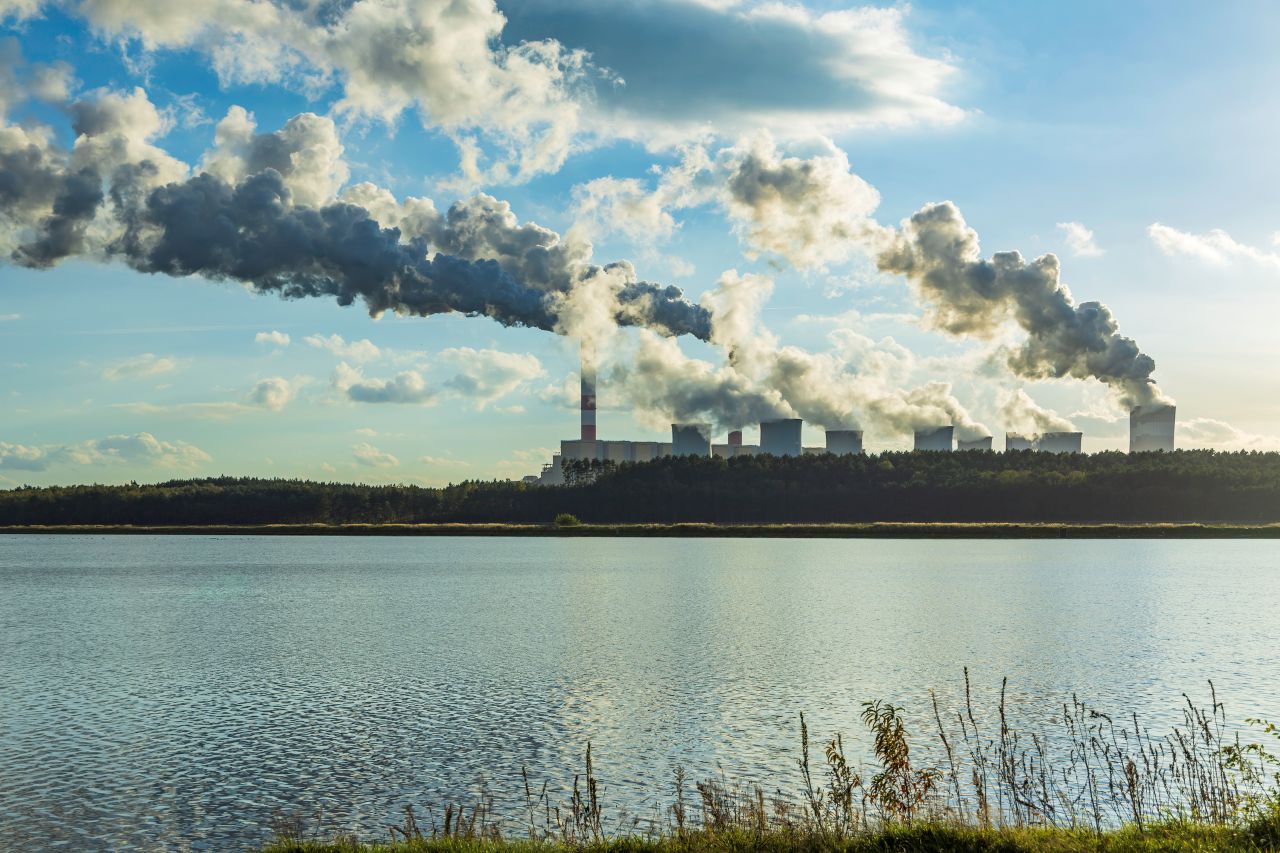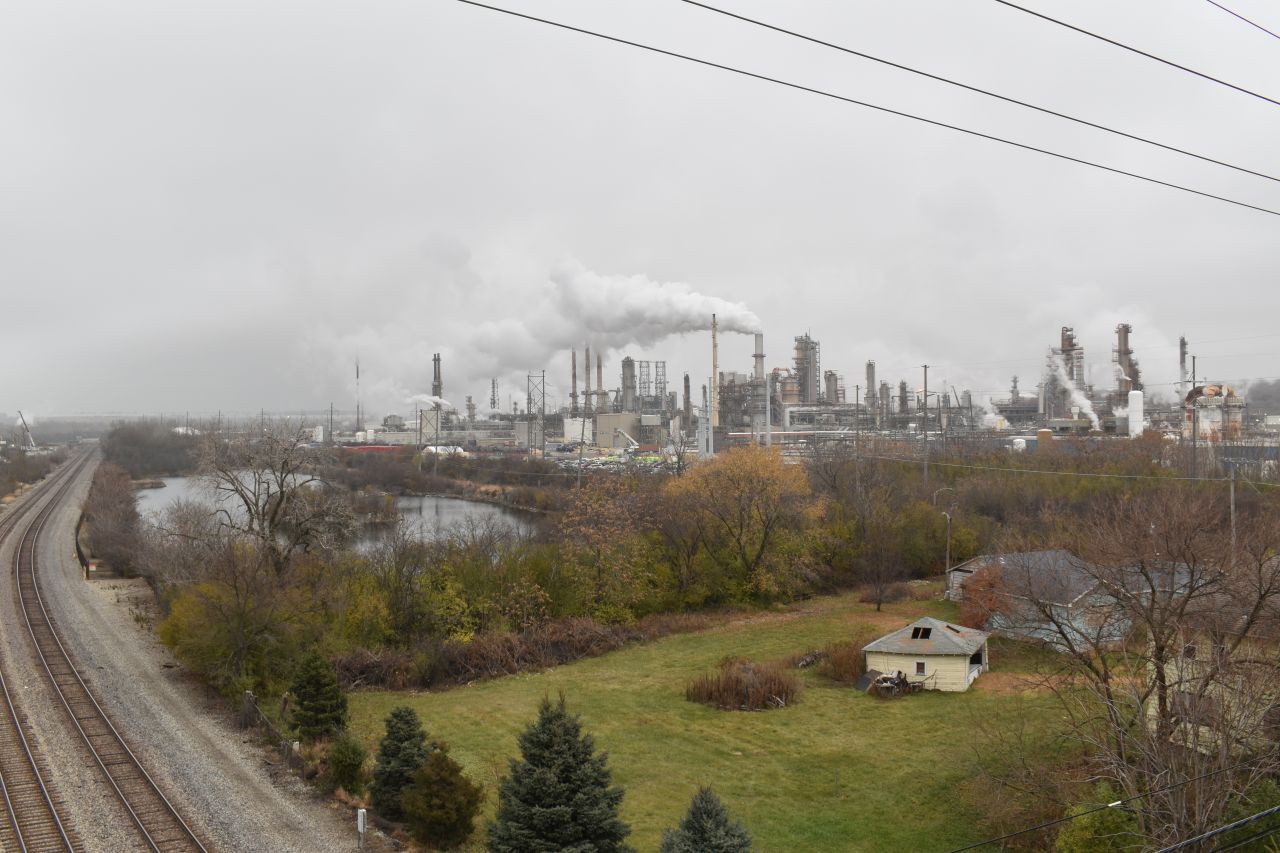Thousands of abandoned wells in Louisiana threaten to leak carbon dioxide from storage projects

Nearly two dozen oil and gas industry-sponsored projects in Louisiana to shoot carbon dioxide underground to protect the climate are at risk of leaking because of nearby abandoned wells, according to two new reports from underground injection well experts.
Across the U.S., federal and state agencies are reviewing or have already approved 77 permits for 121 wells for carbon dioxide (CO2) sequestration projects. Louisiana is one of the hotspots for these projects, with 58 storage wells planned at 24 sites across the state.
However, experts say a century of oil and gas drilling has left thousands of pathways for CO2 to squeeze its way back out into the atmosphere, potentially eroding any climate benefits and creating a safety threat for nearby residents in the event of massive rupture or leak.
“It's not a question of whether these things are going to leak,” said Abel Russ, senior attorney for the Environmental Integrity Project (EIP) and director of EIP’s Center for Applied Environmental Science, which sponsored the two reports. “It's a question of how much is acceptable and how much it's going to be happening.”
According to the studies, more than 186,000 oil and gas wells pockmark Louisiana – some dating back to the early days of the industry, when companies used pine logs, old rags, and scrap metal to plug wells, if they were plugged at all. This is likely an undercount, as many abandoned wells are not documented in records. Of those 186,00 wells, 23,539 – nearly 13 percent – were drilled before 1953, when the industry adopted more modern plugging standards using cement.
For a look at the location of the state’s abandoned oil and gas well and their proximity to proposed carbon capture project, readers can check out EIP’s interactive map. For more information, visit this EIP web page on carbon capture.
Abandoned wells can cause CO2 leaks when they l poke into or through the geologic formations intended to store that CO2. If the area intended for storage is penetrated by an old well, the CO2 can make its way up through the abandoned well into the atmosphere. That’s why scientists say knowing the depth of nearby abandoned wells is crucial.
However, the depth of nearly half (46.5 percent) of abandoned wells in Louisiana is a mystery, according to the reports. Of those remaining 53.5 percent of wells with depth records, about 1,200 penetrate potential CO2 storage formations, and 896 of those wells have perforations that would allow CO2 from the formation to get inside the well. Also, 297 of those wells are unplugged, with another 15 plugged before modern standards.

Experts say that underground CO2 storage makes no sense from a climate perspective if even a small fraction of that CO2 leaks back out. According to the Intergovernmental Panel on Climate Change, only 1 percent of the CO2 stored in a well can leak over 1,000 years to allow the project to have any climate benefit compared to renewable energy, such as wind and solar.
Experts are skeptical that the current rush to complete these projects, many of which qualify for massive tax subsidies, will allow for the kind of meticulous work needed stop them from leaking. In most cases, “there's really nothing requiring anybody to keep the carbon dioxide underground,” Russ said.
“I know there's a lot of pressure to approve these permits as rapidly as possible, but along with that pressure comes a concern that there won't be a robust review on the part of regulators,” said Dominic DiGiulio, co-author of both of the reports and a former EPA official who helped write the agency’s rules on CO2 sequestration underground.
Aside from the effects on the climate, residents and safety advocates are concerned about what happens when a CO2 well or pipeline leaks without being detected. The gas can displace air and cause people to suffocate, as happened in 2020 in Satartia, Mississippi, after a CO2 pipeline rupture sent dozens of people to the hospital. The gas is colorless and odorless, and vehicles cannot start in a CO2-saturated environment, making it difficult for people to escape if there is a rupture.
The webpage for the Louisiana Department of Energy and Natural Resources’ underground injection control divisions states its “core duty is to protect underground sources of drinking water, surface waters, and the land from endangerment.” However, some advocates say they don’t trust Louisiana regulators to ensure that companies identify and plug nearby abandoned wells and make sure that CO2 storage sites do not leak.
In written comments to the EPA last July, an environmental coalition called Louisiana Against False Solutions wrote that the state’s environmental agency “has a track record of allowing facilities that it permits to pollute, and sometimes catastrophically destroy their surroundings.” The letter cited examples from Bayou Corne, where salt mining led to a giant sinkhole collapsing, and Vermillion Parish, where oil and gas companies squabbled over who should have to plug a botched well used to dispose of millions of gallons of contaminated wastewater.

“We need to be closing the wells that are currently leaking methane,” said Jane Patton, a New Orleans-based campaign manager for the Center for International Environmental Law, told the EPA at a hearing ahead of the agency’s decision in January to put Louisiana officials in charge of the permitting process.
“We need to be hiring and creating jobs for people to close those wells, to resolve the issue we currently have, and now is not the time for us to be experimentally injecting waste under the ground,” Patton said.
During a boat tour of old oil and gas well sites south of Houma, Louisiana, last year, Scott Eustis, community science director for Healthy Gulf, said: “There are 100 years of broken wells in this state – many of which are leaking methane. We should cap those and plug them, putting oil field workers back to work doing that…. I think you would find that’s a faster solution to greenhouse gas pollution than drilling new (carbon disposal) wells.”















